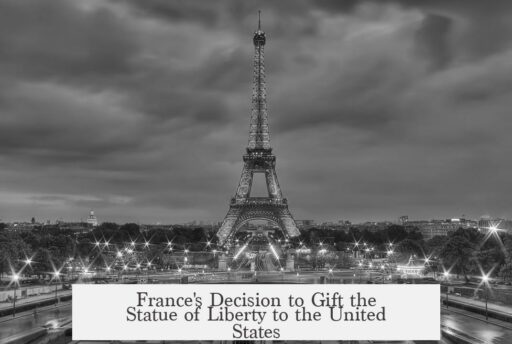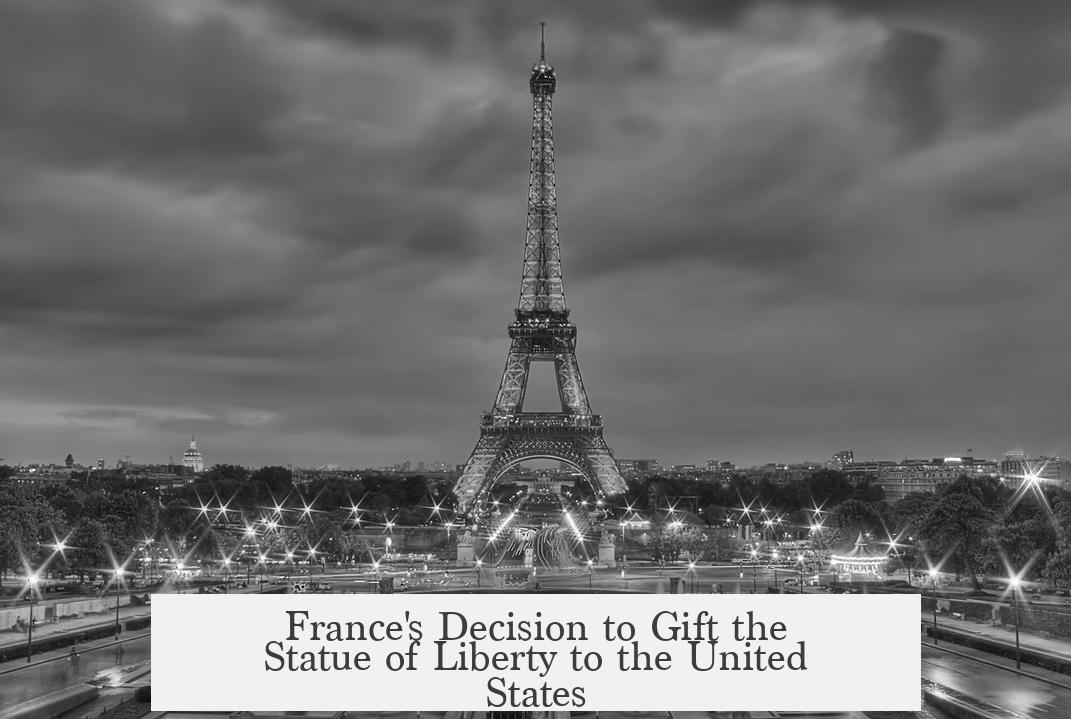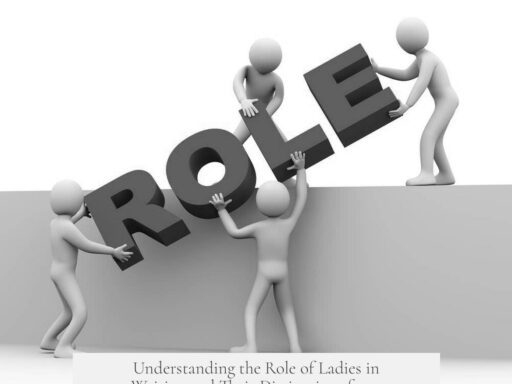France decided to give the United States the Statue of Liberty mainly as a symbolic gesture of hope and shared democratic values, initiated and funded by private citizens rather than governments.
The idea originated in the 1870s from French liberals who favored representative government. These private citizens, many committed republicans, wished to celebrate liberty and democracy amid France’s turbulent political climate. France had endured two decades of imperial rule under Napoleon III, violent suppression of the Paris Commune, and threats from a rising German Empire. The future of peaceful republican rule in France remained uncertain.
At the same time, the United States was recovering from the Civil War and navigating the complexities of Reconstruction. The statue symbolized hope that liberty and republicanism would endure despite political and social challenges in both nations.
Funding did not come from the central governments. Instead, the Franco-American Union, a private group founded to support the project, raised money independently on both sides of the Atlantic. Some French cities and towns contributed funds, but neither France nor the U.S. government provided meaningful financial aid. New York State and the U.S. Congress declined to allocate money for the statue’s construction.
The Statue of Liberty is thus a product of civilian and corporate cooperation in France and the U.S., reflecting mutual aspirations rather than official national policy.
| Aspect | Details |
|---|---|
| Initiators | French private citizens; liberal republicans, not officials |
| Funding | Raised by Franco-American Union; no major government funding |
| French Context | Post-Napoleon III, Commune suppression, German threats |
| American Context | Reconstruction era; healing after Civil War |
| Symbolism | Hope for liberty, republicanism, and democratic survival |
- The idea emerged from French private citizens committed to democracy.
- Funding was primarily private, with minimal government aid.
- The statue reflected shared struggles and hopes in France and the U.S.
- It became a lasting symbol of liberty and representative government.




